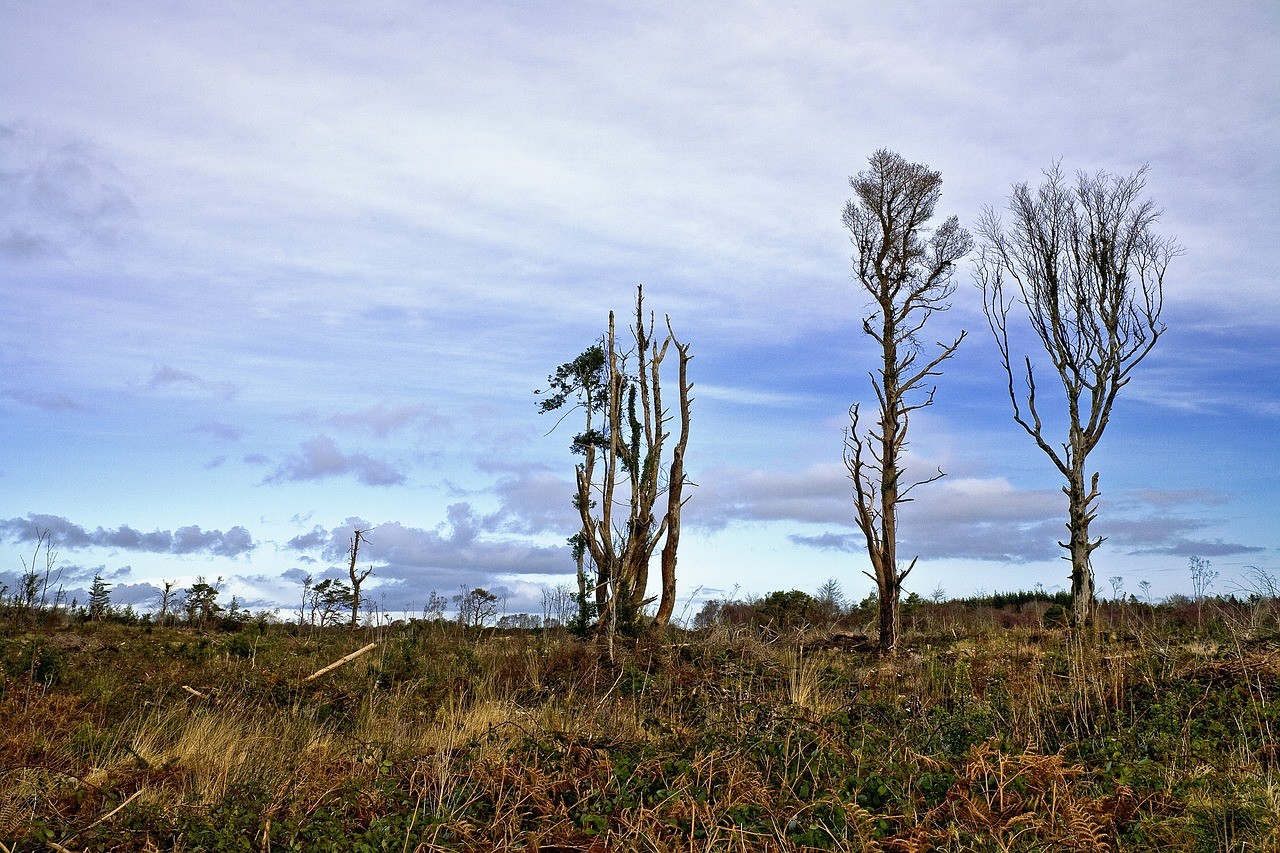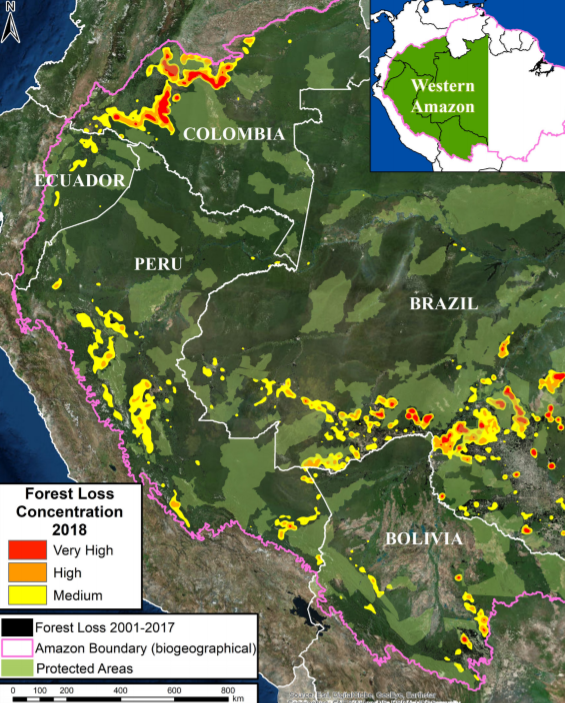
“Unchecked development” in the Amazon has pushed deforestation rates to near-record levels throughout the world’s largest tropical forest, says a new report titled “Nearing the Tipping Point: Drivers of Deforestation in the Amazon Region” by the Inter-American Dialogue and the Andes Amazon Fund.

Source: Nearing the Tipping Point: Drivers of Deforestation in the Amazon Region
In Brazil, the major driver of deforestation is the conversion of forests to pastures and plantations for commodity production. According to the report’s author, Matt Piotrowski, cattle ranching is the sector with the greatest impact on Amazon deforestation in the country, with approximately 75 million hectares deforested for this purpose in the Brazilian Amazon. Beyond the agricultural sector, both legal and illegal logging is also a significant driver of deforestation in Brazil. Read more here to find out the leading factors behind forest loss in Peru, Bolivia and Colombia.
The report concludes that the agricultural sector is one of the main drivers across the basin. Although the causes of destruction vary, the report points out a similarity throughout the region, which is a lack of oversight, often due to inadequate resources and enforcement of environmental regulation.
NEPCon developed comprehensive risk assessments to the major commodities mentioned in this story – palm oil, soy and beef in eight countries. To learn more about these risk assessments, visit NEPCon Sourcing Hub





